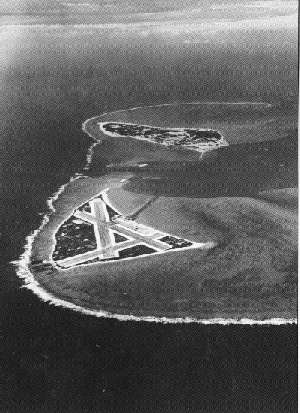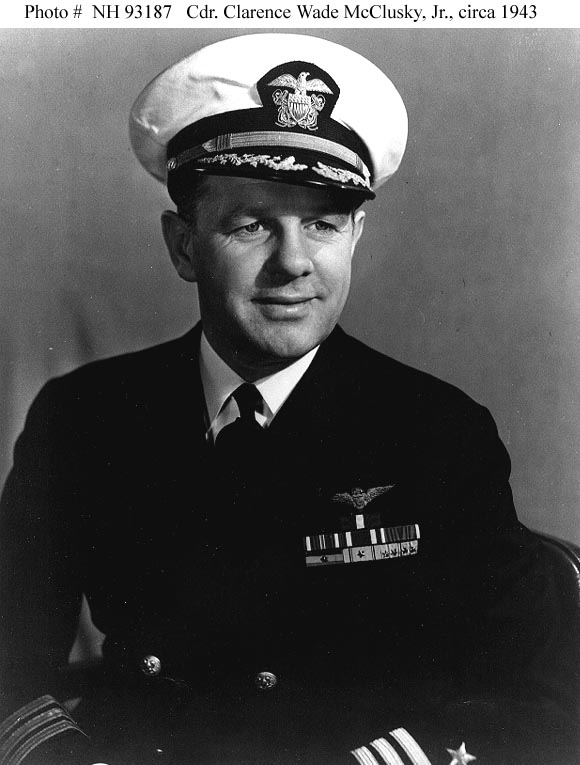

Navy destroyer as flight decks were previously only found on frigates and cruisers, they were the first U.S. On the 22nd, Spruance cleared NS Mayport to rejoin Operation Support Democracy as flagship of the task force. Their hull dimensions allowed them not only to accommodate a helicopter landing pad, a first for a U.S. The battle group secured the island after a successful airstrike, countering electronic jamming, and simulated missile and torpedo attacks, which marked the end of the training on 18 June. Navy light cruisers (CL) in World War II. The Spruances were much larger than destroyers of that era, being comparable in size to contemporary guided-missile cruisers (CG and CGN) and U.S. She was sunk as a target for aircraft launched Harpoon missiles on 8 December 2006. Navy ship to use the drydock in Jacksonville, Florida, in over ten years. On 1 June 2000, Spruance became the first U.S. Spruance was relieved as flagship by USS Hayler on 9 October 1990 after having completed more than 170 boardings Spruance's first operational deployment was in October 1979 to the Mediterranean Sea, as a member of the USS Saratoga Carrier Battle Group. Also added to Spruance after several years of service was an eight-cell launcher for Harpoon antiship missiles. This replaced the original Mark 16 ASROC launcher. Spruance received one Mark 41 Vertical Launch System (VLS) during the late 1980s. At first she was armed with two 5-inch naval guns, an ASROC missile launcher, and an eight-cell NATO Sea Sparrow missile launcher. To reach Spruances carriers, Japanese pilots would have to elude American fighters, brave Lees battle line, and dodge carrier task group antiaircraft fire. USS Spruance was the first of a highly-successful class of anti-submarine warfare and anti-ship destroyers, and was the first destroyer powered by gas turbines in the U.S.


Sumner and Gearing-class destroyers and was the primary destroyer built for the U.S. In marked contrast to men like Patton or Halsey, he shied from self-promotion, earning a reputation as an intellectual and the nickname the "Quiet Warrior." But, as those who fought under him recall, his strategies spoke eloquently for him, and he chipped away at the Japanese control of the Pacific one battle at a time and paved the way for the Allied victory.Īlong with biographers and historians, BATTLE GROUP: SPRUANCE features an interview with Chuck Barber, who served as the admiral's Flag Secretary during the war.The Spruance-class destroyer was developed by the United States to replace a large number of World War II–built Allen M. And he was in charge at Midway-arguably the most important single battle of the entire conflict, and certainly the turning point of the Pacific War.īATTLE GROUP: SPRUANCE chronicles the career and examines the legacy of Raymond A. 10 and includes Abraham Lincoln with embarked Carrier Air Wing (CVW) 9, cruiser Mobile Bay, destroyers Gridley, Spruance, USS Fitzgerald.

But his accomplishments are second to none-he spearheaded the Navy's push across the Pacific Ocean, leading the campaigns at Iwo Jima, Okinawa and in the Gilbert and Marshall Islands. The Abraham Lincoln CSG departed San Diego, Calif., on Jan. His decisions during that action were important to its outcome. When the legendary American commanders of World War II are listed, his name rarely comes up. He led Task Force 16, with two aircraft carriers, during the Battle of Midway in early June.


 0 kommentar(er)
0 kommentar(er)
